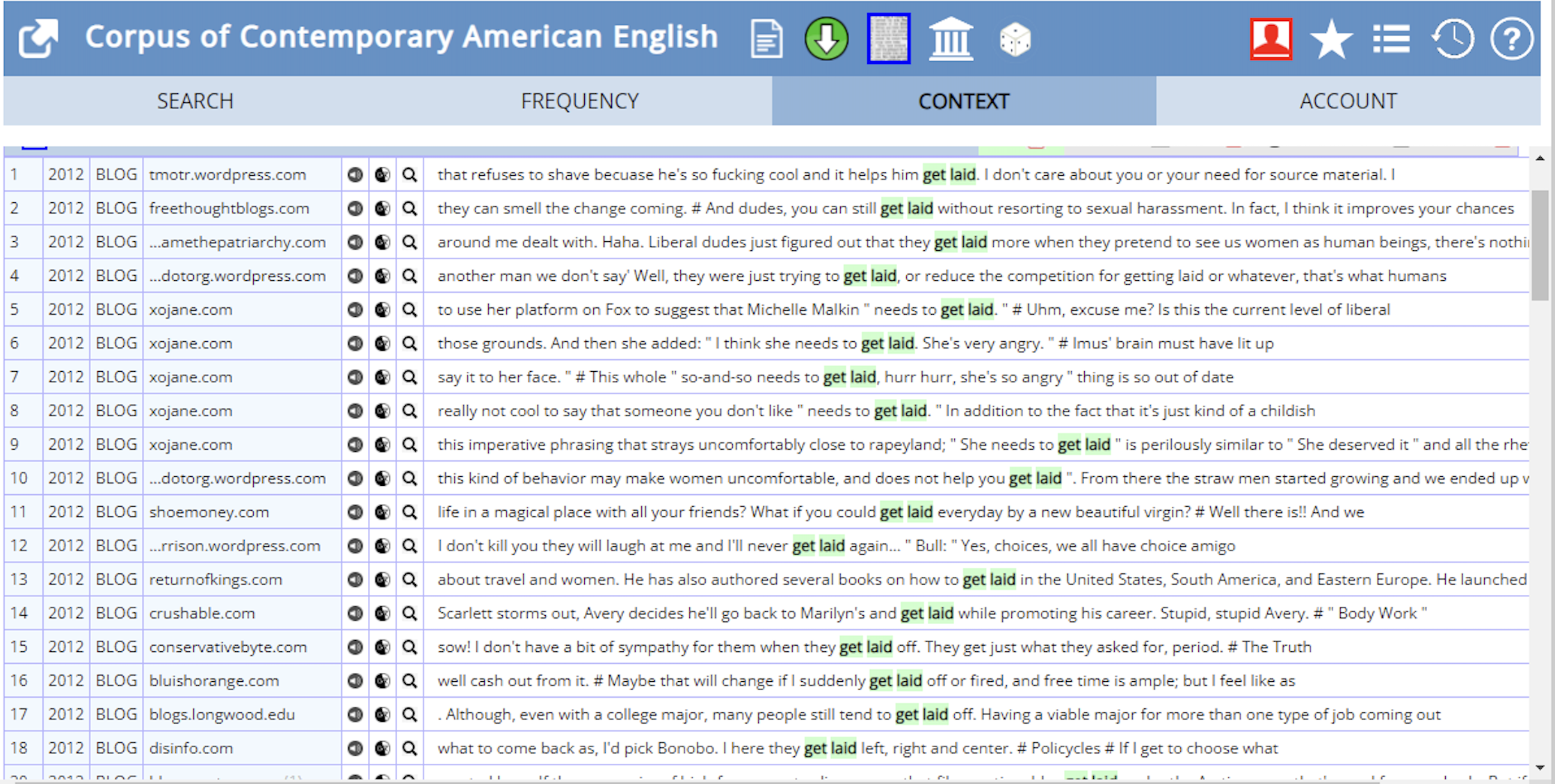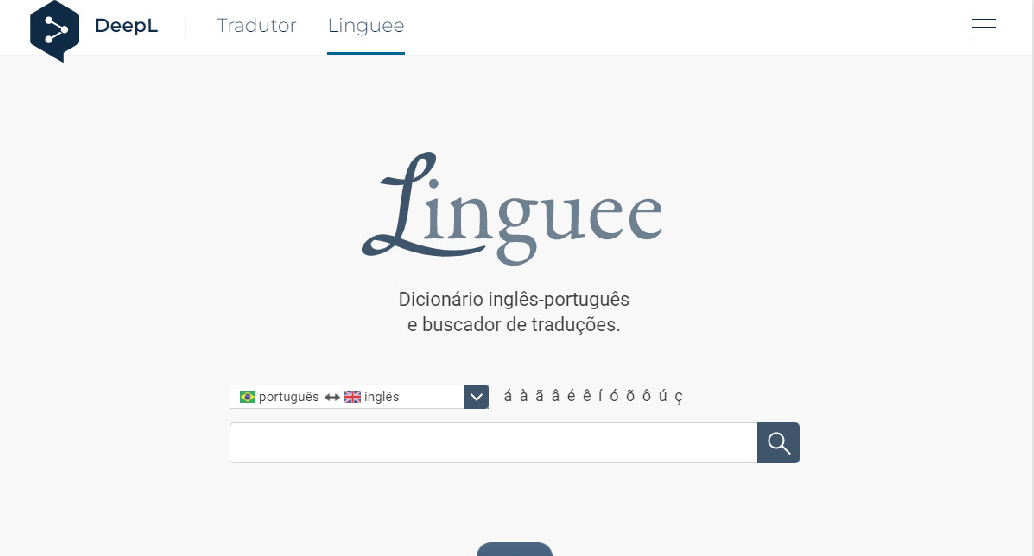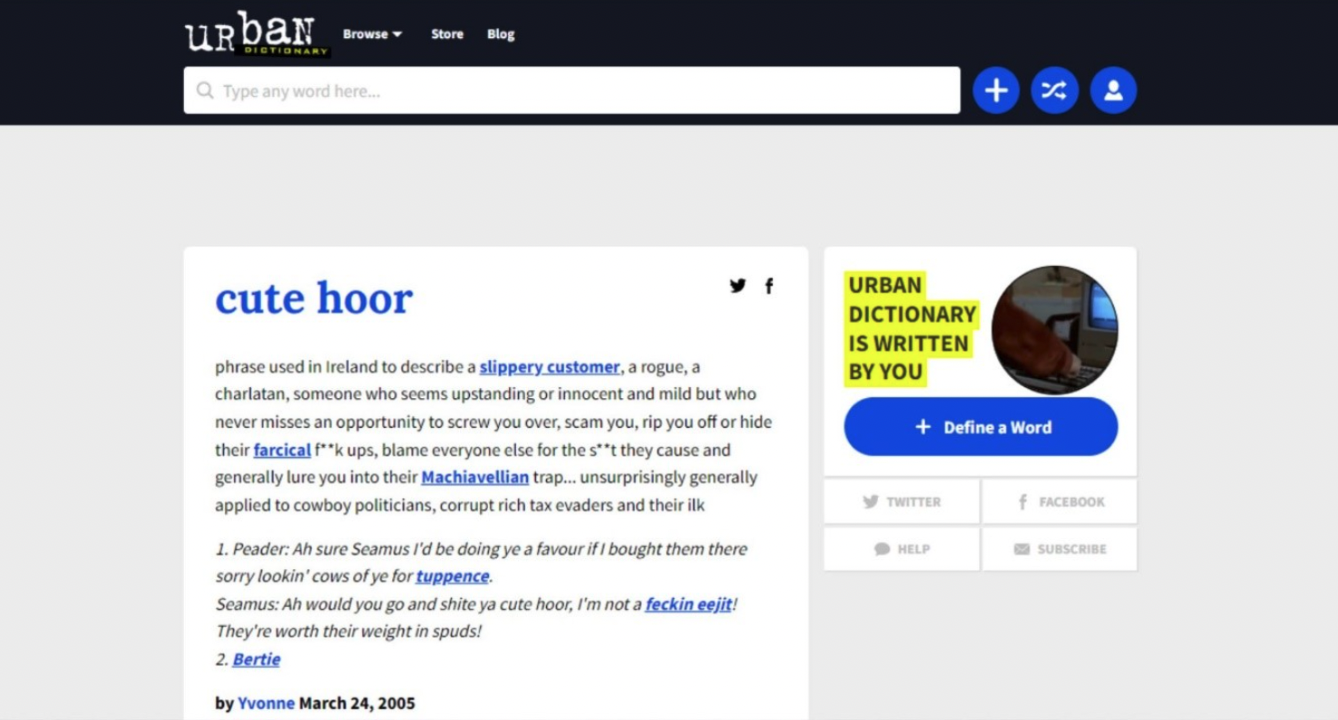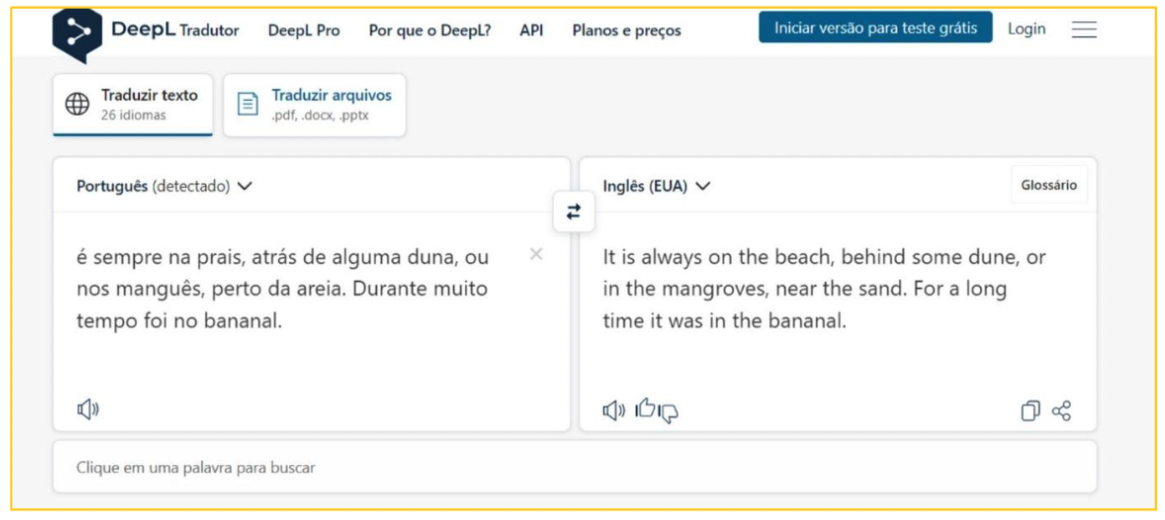Lesson 8 description
What a queer thing to say
Talita Serpa
What a queer thing to say!
CAUTION: This lesson deals with content that may not be suitable for all audiences – please read the lesson materials carefully to decide if you could or should implement this lesson in your own teaching/learning context.
The lesson What a queer thing to say! was designed for learners of final years of Languages and Translation undergraduate course. The aim of this lesson is to use vocabulary related to queer and LGBT-QIA + culture in the context of the English language so that learners can expand their knowledge on the language used by specific groups, especially considering aspects such as gender and identity.
Data for this lesson was collected by the author and constitute a corpus based on the captions of the series Queer as a Folk in English. We based ourselves on Guilherme Aparecido de Souza’s thesis, however, we recompiled and adapted the corpus for the activities presented here. We also used data collected by Serpa, referring to an Anthropology corpus composed of works written by Darcy Ribeiro and translated into English by Meggers and Rabassa. This corpus was also used for the lesson Let’s talk about Brazil and is available in TradCorpus.
This lesson is available in hands-on and hands-off formats. The difference between these two formats is that in the first one, learners are required to access COCA – Corpus of Contemporary American English, Linguee, Urban Dictionary and DeepL to search for the linguistic data necessary to complete the activities. The second format does not require learners to access any of these tools as the linguistic data has been previously selected by the author, and is available to download in the lesson itself.
Regarding COCA, learners are expected to be able to use the search option LIST so that they can determine the combinations that can be made with the culturally marked words, as shown in the image below.

Regarding Linguee, Urban Dictionary and DeepL, it is expected that learners can use them to search for possible translations for the target excerpts. Check the following screenshots.



Watch Pressbooks Video 10 (YouTube, 3m2s) below to learn more about COCA, Linguee, Urban Dictionary and DeepL in the context of this lesson.


